29 August 2022
A Guide’s Guide to the Somme: Aveluy Wood Cemetery
Aveluy Wood Cemetery is the next stop on our tour of iconic and interesting Somme cemeteries and memorials, presented by Guide Jeremy Page.
I think you should visit Aveluy Wood Cemetery
Known as Lancashire Dump cemetery around the time of its creation, a few days before the Battle of the Somme, Aveluy Wood was used by fighting units as well as Field Ambulance units until 1917.
The war cemetery remained relatively small until the German Spring Offensive in March 1918.
On the nights of the 26th and 27th of March 1918, the Germans attacked Aveluy woods, finally capturing it on the 5th of April, despite the British defenders putting up stiff resistance. Towards the end of August 1918, when the land had been retaken by Commonwealth Forces, the British began the task of clearing the woods.
The cemetery now contains 380 burials and commemorations including 172 unknowns and 20 Special Memorials.
Personally, the cemetery is one of my favourites because of its unique layout. It showcases the transformation many cemeteries in the Somme area went through: from tiny unorganised battlefield sites with scattered graves to the careful layout and structure of a post-war concentration cemetery.
The story of Private James Townson
James was born in Addingham to James and Margaret Townson. Before the war, he worked as a cotton weaver and railway labourer.
James enlisted in the Army on 26 January 1916, with the 1/5 Duke of Wellington’s West Riding Regiment, adding his mother as next of kin.
We know that during his training, on 6th June 1916 James was punished for laughing in the ranks while receiving instructions.
James arrived in France on 20th June 1916 and joined his battalion between the 25th and 26th of June, before moving into billets with them in Warloy and later arriving in Aveluy Wood on the 30th of June.
The 1/5th moved up to Thiepval Wood in the evening of the 2nd of July and on the 3rd were ordered to attack Thiepval, but the order was cancelled. The Germans heavily bombarded the wood and James was hit in the leg. He was evacuated to the casualty station in Aveluy Wood where he died of his wounds just hours later. He had only been in France for 13 days.
Check out these features at Aveluy Wood Cemetery
If you look at the layout of Aveluy Wood, you can clearly see the different phases of its construction.
The scattered graves are the original graves from 1916-1917, while Plot II and III were concentrated by V Corps from the casualties sustained in the woods. Row I to M were concentrated from the surrounding area in 1923.
There are quite a few “Known to be buried in this cemetery” headstones here. Headstones of this nature mean that the person commemorated on the headstone is buried somewhere within the cemetery, but the exact location is not known.
One can also see some graves containing two casualties who share the same headstone.
If you take the time to look at the regimental badges in the cemetery you can clearly see that they were made by hand by expert stone masons. At the time a single headstone would take a week to be fully engraved.
My Connection to the Somme
 Image: CWGF Guide Jeremy Page
Image: CWGF Guide Jeremy Page
I was always interested in the First World War from a very young age, and my interest in the Somme stems from my Great Grandfather who fought in the area.
I visited the Somme battlefields in 2016 for the first time and this is when I knew that I wanted to live there and find a job that would relate to the First World War. I wanted to become a guide for the Commission because I wanted to contribute to the work of the CWGC.
For me, it’s important to remember these service personnel because as long as we talk about them, they never truly die.
Learn more about our Guides
The CWGF Guides Programme is our way of giving young history enthusiasts the chance to get out in the field to discover and share the stories of our war dead.
They become the eyes and ears of the Commission and Foundation on the ground at key sites in France and Belgium.
Visit our Guides page to learn more.




